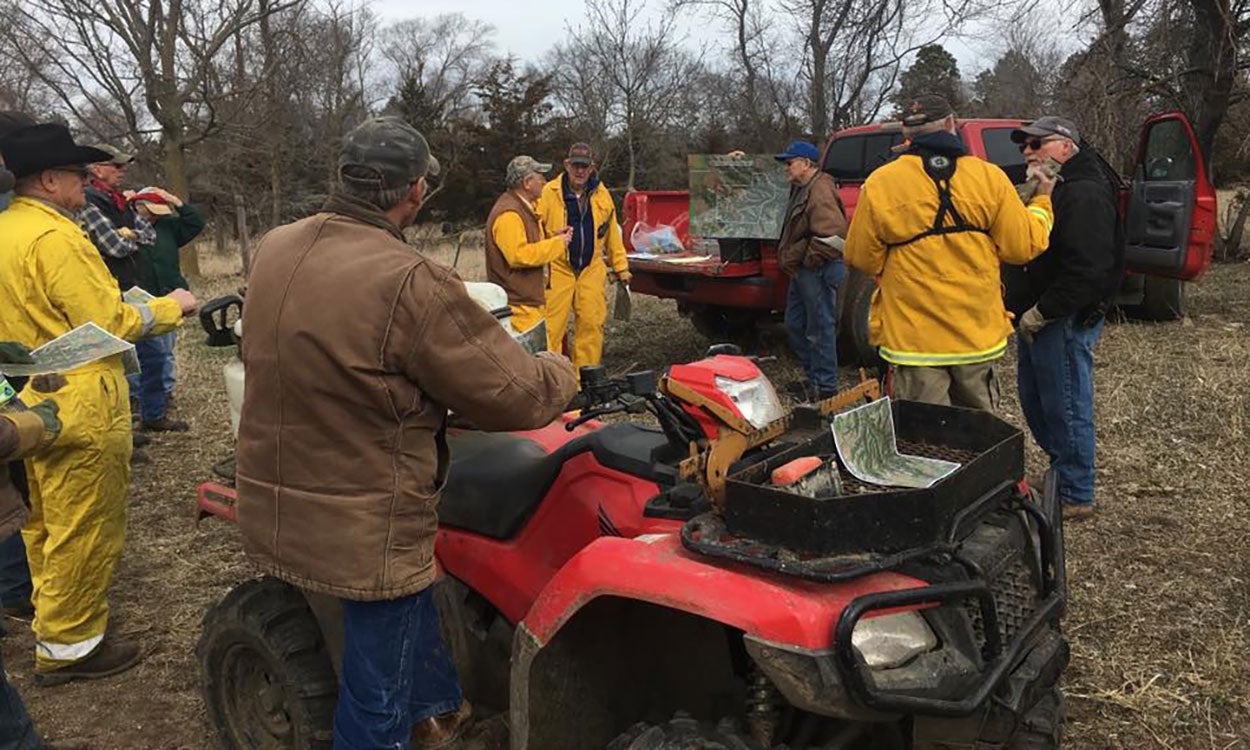Superintendent openings remain elevated this school year, but the number of retiring superintendents has come down from pandemic highs, while the number of experienced superintendents filling those openings has gone up.
According to information provided by the Missouri Association of School Administrators (MASA), total openings at the superintendent level are still up, but somewhat diminished from last year’s numbers.
In total, there were 94 openings for superintendent positions in Missouri as of May 2023, compared to 97 at that time last year.
The number of retiring superintendents has dropped significantly, however. Just 35 percent of the openings were due to retirement, compared to 53 percent in 2022. In fact, the percentage of openings due to retirement was at its lowest rate in the last four years, lower even than the pre-pandemic rate of 49.2 percent in May 2019.
Kelly Hinshaw, director of leader development for MASA, said there are natural ebbs and flows in turnover each year. Sometimes, people that entered the profession around the same time tend to retire around the same time.
Of those 94 open positions, 91 have already been filled. In past years, there have been from 6-11 new openings by August.
Superintendents must have completed at least an educational specialist degree, received a recommendation for certification from the appropriate official at their university and passed the necessary tests to obtain a superintendent certificate, according to the Department of Elementary and Secondary Education website.
While the number of first-year superintendents surged during the pandemic, the rate of first-year superintendents has dropped back to pre-pandemic levels as of May 2023, from a peak of 78 percent in 2021 to 62 percent in 2023.
“Overall, it’s a good sign. We’d like to see a little more stability. I think it’s just good for public ed, and it’s good for kids, it’s good for students, that there’s more consistency,” Hinshaw said.
He’d prefer to see numbers in the 40s and 50s for the number of first-year superintendents, and openings closer to 70 or 80, but there is a shortage all across public education.
And the number of first-year superintendent hires has dropped significantly in the West Central area of Missouri, which includes Cole, Miller, Moniteau and Morgan counties. In May of 2022, the West Central region accounted for the greatest share of new superintendents at 22.6 percent, but this year, West Central had 8.3 percent.
In 2022, Superintendent Perry Gorrell of Cole County R-1 in Russellville, Superintendent Larry Linthacum of Jefferson City, and Jim Jones of Blair Oaks retired. Gorrell was replaced by first-year superintendent Jeff Jennewein, and Linthacum was replaced by then-Deputy Superintendent Bryan McGraw, who had previous superintendent experience. Jones was replaced by interim superintendent Mark Harvey.
Bob James also began as a first-year superintendent in Linn last year, and Charley Burch of Cole R-5 in Eugene was in his second year.
This year, first-year superintendent Ben Meldrum is taking the helm at Blair Oaks and Southern Boone interim Superintendent Tim Roth will be the full-time superintendent, but many area superintendents are remaining in their posts.
Nationally, the trend of inexperienced superintendents continues.
According to the 2022-23 American Association of School Administrators Superintendent Salary and Benefits Study, which surveyed 2,443 superintendents across the country, 48 percent of surveyed superintendents had five or less years of experience, and about 61 percent had been in their current position for five years or less.
Last year, 46 percent of superintendents had five or less years of experience.
In Missouri, Hinshaw said, “Approximately 40 percent of the state has superintendents that have been in the position three years or less, so that’s a pretty big challenge for us to try to provide what they need.”
MASA recently created an Aspiring Superintendent Cohort, a four-day training on obtaining and succeeding in their first job; a mentoring program for first-year superintendents; and a coaching program with retired superintendents and second- and third-year superintendents at no cost to the district or the superintendent.
MASA surveys of superintendents consistently unearth school finance and legal issues as the top concerns of superintendents. Curriculum development and board relations are also areas that they need support in.
Supporting superintendents came up as a conversation topic in the most recent meeting of the Blue Ribbon Commission on Teacher Recruitment and Retention in July.
“We’ve got a very young group of superintendents out there right now that worry about their career, on decisions they have to make in their communities,” said Rep. Brad Pollitt, R-Sedalia, in the July meeting. Pollitt is a former superintendent and a member of the commission.
“And we have to have boards that are willing to support them. I think we need to emphasize the support of the boards when it comes to running the school district and tough decisions that have to be made during that time,” Pollitt added.
Hinshaw said it can be a challenge for new superintendents to work with a seven-member board that doesn’t necessarily have a background in education and trying to provide them with information to create good policy.





